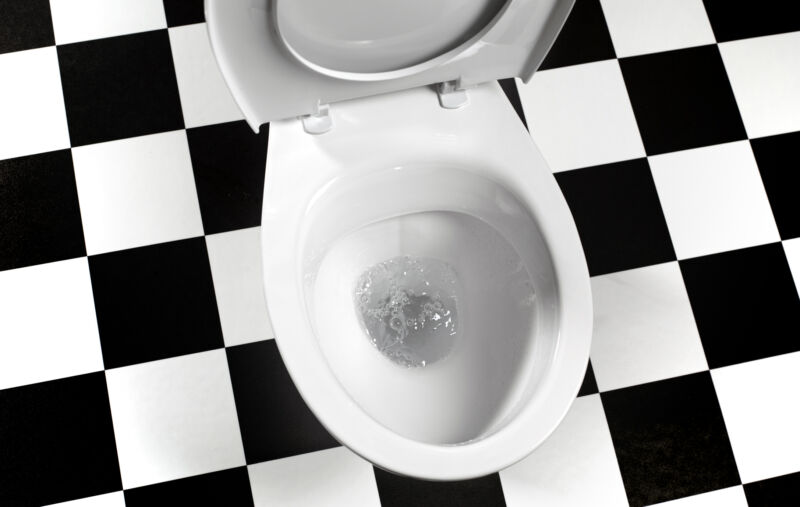-
 chevron_right
chevron_right
The right bacteria turn farms into carbon sinks
news.movim.eu / ArsTechnica · Thursday, 1 February - 12:15

Some of the microbes that make carbon sequestration work. (credit: Andes Ag, Inc)
In 2022, humans emitted a staggering 36 gigatons of carbon dioxide into the atmosphere. Along with reducing emissions, removing carbon dioxide from the atmosphere is a key climate mitigation strategy. But Gonzalo Fuenzalida wasn’t looking to help solve climate change when he co-founded the company Andes .
“We started this company with the idea of using microbes to make the process of growing food more resilient,” says Fuenzalida. “We stumbled upon these microbes that have the ability to create minerals in the soil which contain carbon and that intrigued us.”
Fuenzalida, alongside his co-founder Tania Timmermann-Aranis, had an unconventional notion: They could harness the power of microbes residing in plant roots within the soil to remove carbon from the atmosphere. These naturally occurring microbes can be applied to the soil by blending them with pesticides or other soil treatments—they will strategically position themselves within the root structure of corn, wheat, and soy plants.








